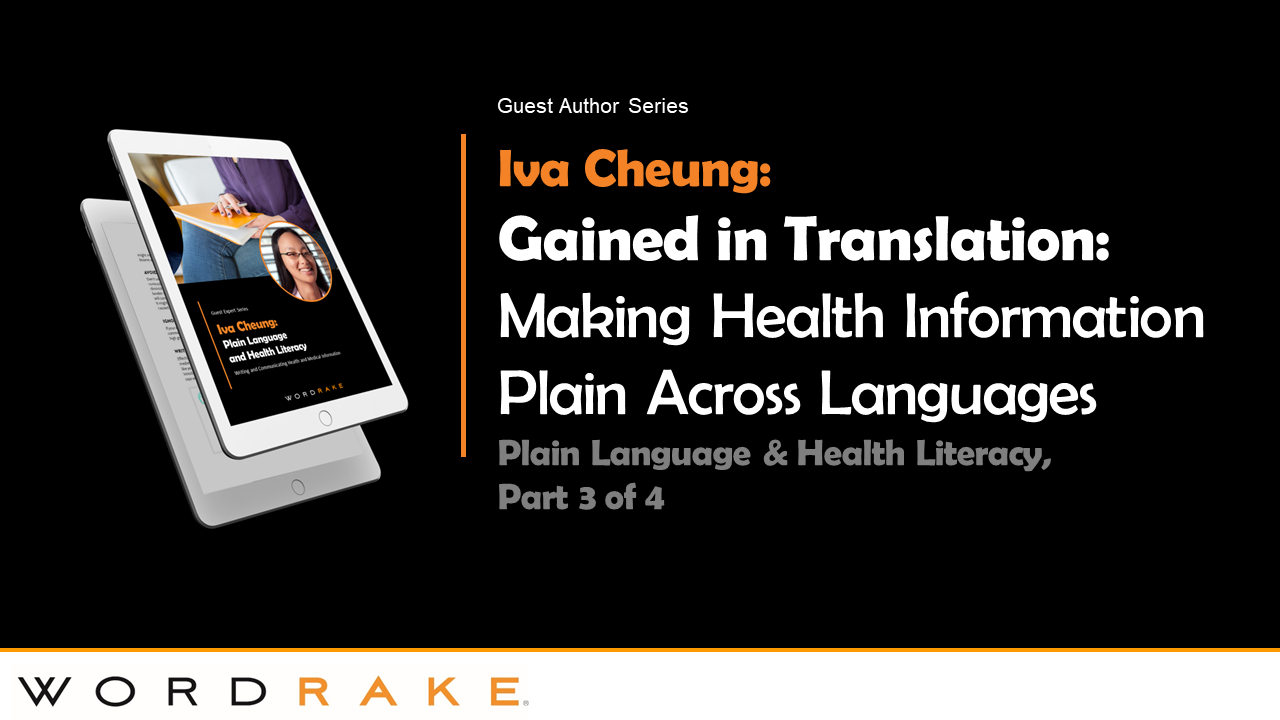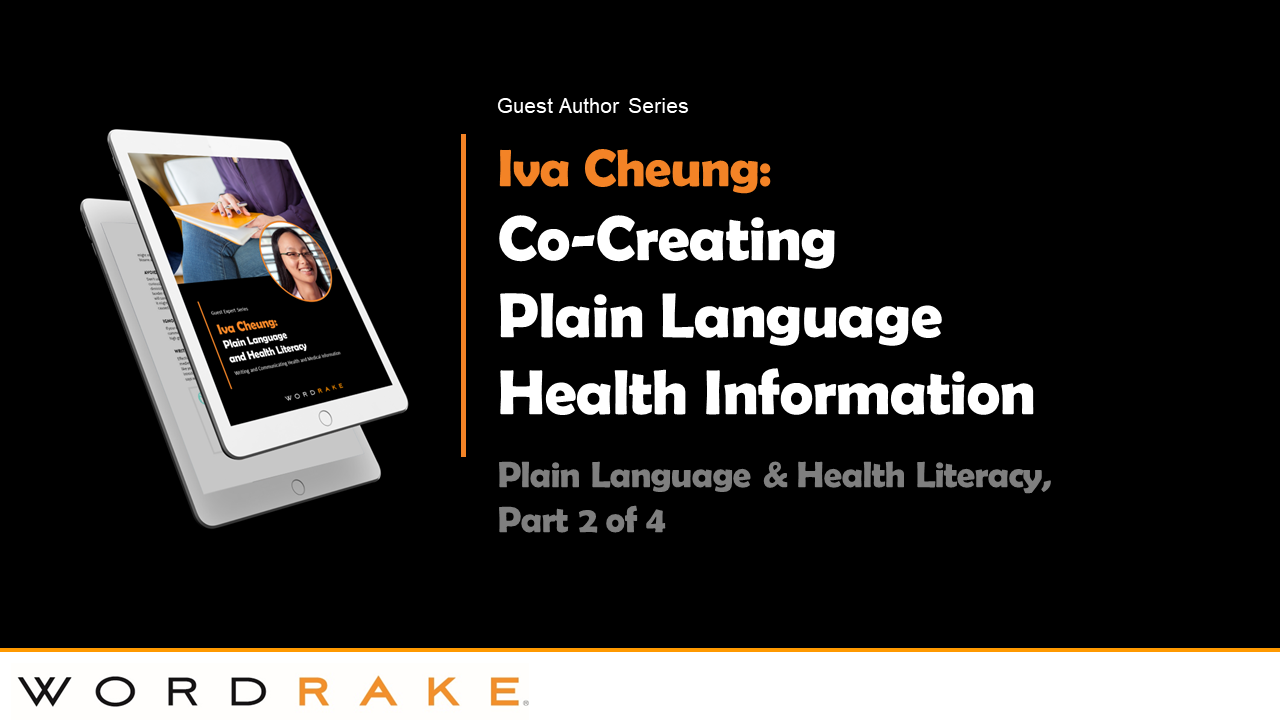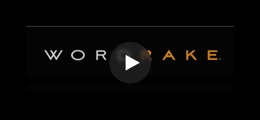Terminology note: I’ll use the term “patients” to refer to people who have direct lived experience with a health condition and who receive services from the healthcare system. Different people may prefer different terms—like client, service user, and self-advocate, among others—depending on context.
Introduction
Health information can be hard for most people to understand, but when a patient and their healthcare system use different languages, that mismatch adds yet another communication barrier that can reduce the patient’s access to and quality of care. In places where English is the dominant language, people who don’t speak English well may be more reluctant to go to the doctor when they need care. If they don’t have language support when they do seek care, they’re less likely to follow treatment plans, are more likely to have longer hospital stays, and have a higher risk of dying. One mental health researcher found that people who have to navigate language barriers without interpretation had a “higher risk of misdiagnosis, misunderstanding and mismanagement. […] Ethno-racial clients without appropriate language accommodation may be labelled ‘non-compliant’ and face differential treatment in hospital settings.”[1]
After the World Health Organization Constitution (1946) recognized health as a human right, the UN Committee on Economic, Social and Cultural Rights outlined the core components of the right to health, which include accessibility of health information. The committee calls on governments to remove barriers to health-related information and ensure that information “is reaching all populations.” In the United States, for example, that means an essential first step toward health equity is reaching the 9% of the population that has limited proficiency in English and creating health information in the most common languages other than English.
Here are some considerations when creating health information destined for translation:
Account for Translation from the Outset
Because translation usually takes place after you have a finalized and polished source text, it’s tempting to treat it as an afterthought. But if you plan for translation as part of your process, you can avoid pitfalls that come with waiting until the end—and ultimately better serve your English-language readers, too.
For example, one best practice when preparing a source text is to eliminate any idioms that wouldn’t translate, like “under the weather” or “pins and needles.” Finding more literal ways of expressing concepts in the source text also helps readers who have learning disabilities and conditions like schizophrenia, which can make it hard for them to understand metaphors.
By considering translation early, you’ll be able to plan for designs that support translations, including choosing images that can be understood across cultures and that reflect audience diversity—an approach that will help racialized readers of your English source text feel represented. Designing to account for text expansion, where the translation may take up more room than your source text (for example, French text may take up to 30% more space than English equivalents), ensures that your documents will have plenty of white space and look less intimidating to read.
Planning for translation means that from the beginning of a project you involve members of your intended audience or subject matter experts who speak the target language. They can offer insights earlier in the process, such as whether a translation is even appropriate for a particular audience. If the goal of the health information is to encourage a change in health behaviour (like persuading a vaccine-hesitant person to get immunized), it may be better to work with a bilingual author and members of the community to co-create health materials from scratch so it best reflects the audience’s needs, cultural beliefs, and values.
Make Sure Your Source Text is Plain
A plain source text doesn’t guarantee a plain translation, but an unclear, ambiguous source text will probably mean either an ineffective translation or a delay because the translator must follow up with queries. User test your source text with patients and incorporate their feedback to make your document as clear as it can be before you send it to a translator.
Use Qualified Medical Translators Who Work in Plain Language
Certified medical translators are trained in medical terminology and are less likely to make errors like using false friends—words that look similar in both languages but have different meanings. For example, although the Spanish constipado looks like the English constipated, it means “congested.” A study of English-to-Spanish translations of health information found that an inexperienced translator might use influencia (meaning “influence”) for influenza, where gripe would be correct.
Meanwhile, a translator who’s familiar with plain language would understand that terms considered plain for a general audience in the source language might not be plain in the target language. For example, although sinus is relatively well understood in English, my Hungarian colleague, a plain language practitioner, knows it’s considered technical in Hungarian and would instead choose homloküreg, which literally means “cavities in the forehead.”
Evaluate Your Translation Before Publication
Even if you’ve already user tested your source text, be prepared to evaluate the translation, too. One quality-assurance approach is to ask a second experienced plain language medical translator to look over the work of the first. But, as with any plain language communication, the translation isn’t plain until the intended audience says it is. Testing it with a few members of the community you want to reach is crucial. Whereas the second translator can confirm accuracy of your subject matter, the audience members can tell you whether your communication is understandable and culturally appropriate.
Make People Aware of the Translations
Healthcare professionals who primarily use the English version of your health communication might not know that it’s available in other languages. Listing these other languages on the English-language version (in the target languages themselves—so “日本語” and not simply “Japanese”) can remind healthcare providers they can offer these resources to a patient who has limited English ability. Patients or their care partners can point on the document to the language they prefer to use.
Final Thoughts
Integrating translation into your health communication process is an investment of time and money, but it can benefit English-speaking and non-English-speaking patients. Every time the content crosses the desk of a language professional—whether a plain language editor or a translator—is an opportunity to make it clearer and more effective. Feedback from translators can highlight problems in the source text that you can fix before publishing the English version.
Translations of written health information help address only one facet of the complex problem of language barriers in healthcare. Medical interpretation and cultural safety in patient interactions are also crucial considerations. We need to continue building a culture that meets patients with the compassion, understanding, and support that can lead to more effective and therapeutic communication overall.
Resources
Health Information Group (n.d.) Translation Toolkit for Health Professionals. Washington, DC: Georgetown University, https://www.healthinfogroup.org/translation_toolkit.php.
U.S. Department of Health and Human Services (n.d.) Guide to Providing Effective Communication and Language Assistance Services, https://thinkculturalhealth.hhs.gov/education/communication-guide.
Wizowski, L., Harper, T., and Hutchings, T. (2014) Writing Health Information for Patients and Families, 4th edition. Hamilton, ON: Hamilton Health Sciences, https://www.muhclibraries.ca/Documents/Writing_HI_Edition4.pdf.
[1] Dhand, R (2016) Race, culture and ethnicity in mental health law and policy. In Chandler, JA, and Flood, CM (eds.), Law and Mind: Mental Health Law and Policy in Canada. Toronto, ON: LexisNexis Canada, p. 462.
About the Author
Iva Cheung is a Certified Professional Editor, indexer, and researcher specializing in communication accessibility and plain language. She has won three Editors Canada awards: the Tom Fairley Award for Editorial Excellence, the President's Award for Volunteer Service, and the Karen Virag Award for promoting the editing profession. She holds a Master of Publishing degree and a PhD in health sciences, and she teaches a course on health literacy for Simon Fraser University's Plain Language Certificate program. Find Iva at ivacheung.com or follow her on Twitter.
Series on Plain Language and Health Literacy
This is the third piece in a series of four articles on plain language and health literacy by award-winning editor Iva Cheung. We hope this series sheds light on the importance of plain language as a tool to improve access to information. WordRake editing software supports professionals who write for the public and who must make documents easy to understand. With a single click, it generates edit suggestions to help you weed out jargon and unnecessary words, and suggests simpler phrasing that's easier for readers to understand. Our Simplicity editing mode is specifically designed to help writers choose words familiar to their readers. WordRake editing software is available for Microsoft Word and Outlook on Windows, or for Microsoft Word only on Mac. You can try it free for 7 days.









